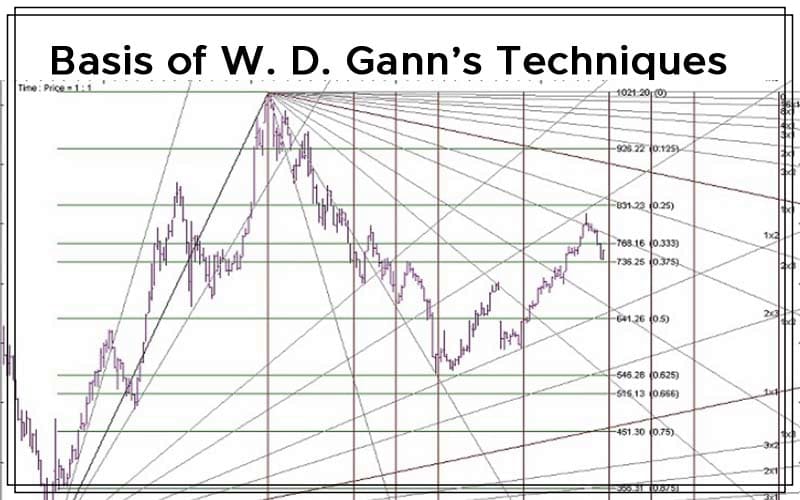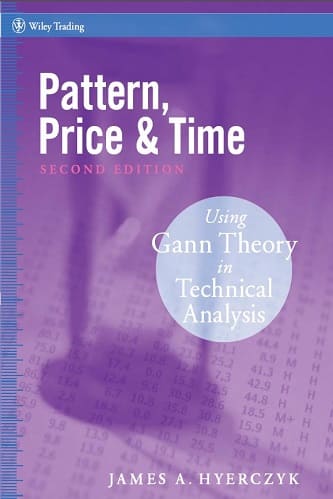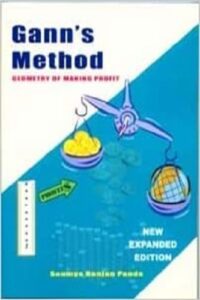Articles
Basis of W. D. Gann’s Techniques By Pak-chung Wong

In recent years, the name of William Dilbert Gann has been gaining attention among market technicians. It is said that his market forecasting technique is one of the most complicated technical analytic methods ever in the world and that few people could fully understand it. Nevertheless, W. D. Gann had proven himself to be one of the greatest stock and commodity traders in the last century.
About Gann
W.D. Gann was not a contemporary man. He was an American who traded US stock and futures markets in early Twentieth Century. He became famous among the investment communities by making several accurate calls. One of his most famous calls was his timing of the black Friday in September 1929 when the US long bull market ended all of a sudden. The end of the bull market was also the beginning of the Great Depression in the western world in 1930s. He made his forecast in November 1928, ten months before the collapse.
There were several legendary stories about W. D. Gann. One of the stories was about his forecast of the wheat market in 1909. According to Gann’s friend William Gilley, “One of the most astonishing calculations made by Mr. Gann was during last summer [1909] when he predicted that September Wheat would sell at $1.20. This meant that it must touch that figure before the end of the month of September. At twelve o’clock, Chicago time, on September 30th (the last day) the option was selling below $1.08, and it looked as though his prediction would not be fulfilled. Mr. Gann said, ‘If it does not touch $1.20 by the close of the market it will prove that there is something wrong with my whole method of calculation. I do not care what the price is now, it must go there.’ It is common history that September Wheat surprised the whole country by selling at $1.20 and no higher in the very last hour of trading, closing at that figure.”
In over 50 years of trading, it was said that W. D. Gann had made US$50 million from the market. The wealth of that scale compared with the purchasing power at his time was indeed very substantial. Apart from trading, W. D. Gann also wrote several books on his trading methods.
However, he kept his core method veiled and confined only to a chosen group of people, who vowed not to give the materials out to others.
After W. D. Gann passed away in 1955, there was a long period of time that the name of W.D. Gann was not mentioned in the investment communities.
The name of W. D. Gann regained the market’s’ attention beginning from late eighties when some of his materials resurfaced and his books were reprinted. Many researchers and analysts tried to reconstruct his methodology. In the Nineties, an array of schools arose on the basis of his research in time cycle, market geometry and financial astrology.
What are the Essences of W. D. Gann’s Theory?
In W.D. Gann own words in an interview, “I discovered that the law of vibration enabled me to accurately determine the exact points at which stocks or commodities should rise and fall within a given time.” In his book “The Tunnel Thru’ the Air” published in 1927, which was written in veiled language, he wrote, “In making my predictions I use geometry and mathematics, just as the astronomer does, based on immutable laws.
My calculations are based on the cycle theory and on mathematical sequences. History repeats itself.That is what I have always contended, that in order to know and predict the future of anything you only have to look up what has happened in the past and get a correct base or starting point.” In explaining his cycle theory, Gann said, “Time is the great factor that proves all things. The measurement of time first originated and based on the earth’s motion upon its axis.”
In a nutshell, W. D. Gann made his market predictions based on the law of vibration, natural cycles, mathematical sequences and geometry with reference to the correct base or starting point in terms of market price and time.
Law of Vibration
Nowadays, most Gann analysts agree that the law of vibration refers to time and price ratio analysis as applied to a market chart. Gann was one of the originators of the famous 50% rule. In his Stock Market Course, he emphasised the importance of the division of three, division of four and division of eight. Hong Kong’s Hang Seng Index demonstrated a perfect match of Gann’s Law of Vibration. In Figure 1, it is shown that the market experienced major supports or resistances at the level of oneeighth (12.5%), one-fourth (25%) and one-half (50%) of the all time high of 18397.57 on 28 March 2000, i.e. 16100, 13800 and 9200 approximately.
Natural Cycle
Gann mentioned that natural cycle and mathematical sequences are the major approaches to market forecasting. In his writings, he mentioned two major types of cycles: division of the natural cycle, i.e. a year, and division of the cycle of 360. From Gann’s perspective, the major low of 8894.36 (Hang Seng) on 21 September 2001 has a special meaning. That day was the Autumn’s Equinox of the year or half the natural cycle measured from the beginning of an astrological year on Spring’s Equinox. Based on this cycle theory, 22 June 2002 will be another important date to watch out for trend reversal when the date will be 90 degrees from the Spring’s Equinox.
Cycle of 360 is of equal importance to Gann. Using Hong Kong’s Hang Seng Index demonstrated in Figure 1 again, it is shown that the major market low at 8894.36 on 21 September 2001 was the 361 trading days after the all time high at 18397.57 on 28 August 2000, i.e. a completion of the cycle of 360, and a major trend change took place. Way forward, half of the cycle of 360, i.e. 180 trading days, would be an important date to watch. This cycle date will fall on 23 June 2002, the same as the natural cycle date mentioned above. The other major cycle date will be 22 July 2002, which is 120 weeks, i.e. one-third of the 360 weeks, from the all time high at 18397.57 on 28 August 2000.

Market Geometry
Geometry is a study of relationship between Xaxis and Y-axis of a two-dimension diagram. Accordingly, Market Geometry is a study of relationship between time-axis and price-axis. Gann had a famous rule on market geometry, “When time squares price, a change in trend is imminent.”
Suggested Books and Courses About Gann’s Methods
This statement means when the time and price come to the same magnitude or on a oneto one basis, the market trend might be changed.
Using Singapore’s Strait Time Index (STI) as an example in Figure 2, the Gann 1 x 1 line (with time/price ratio of 1 week for 10 points) from major market high and low accurately indicated the changes in trends, after the balance between time and price was broken. Currently, Singapore market is on an medium term uptrend, with major 1 x 1 line support at 1570, where buying opportunity may emerge.

Figure 2: Singapore Straits Times Index and Gann’s 1 x 1 Line
For a holistic approach to market forecasting, W. D. Gann emphasised the importance of convergence that various methods confirm with each other. Ratios, time cycle and Gann angle analysis should point to the same conclusion. The major low of Malaysia’s Kuala Lumpur Stock Exchange Composite Index (KLCI) at 547.72 in April 2001 can be used as an example (Figure 3). It was a retracement supported at the five-eighth (62.5%) of the uptrend from 261.33 of 1998 to 1021.2 of Besides, it was 60 weeks from the major high 1021.2 of 2000, i.e. 60 weeks are one-sixth of a 360 weeks cycle. Lastly, it was supported by a 1 x 2 Gann line drawn from the 1998’s low at 261.33. The three approaches confirmed with each other that a change in trend has been imminent.

Figure 3: Gann Analysis on Malaysia’s KLSE Index -Basis of W. D. Gann’s Techniques By Pak-chung Wong
4 thoughts on “Basis of W. D. Gann’s Techniques By Pak-chung Wong”
Leave a Reply
You must be logged in to post a comment.





Can I get in touch with you to understand this. Can never really figure this out even as I have tried many books and read many blogs.
yeah. of course. write to me!
I can find out the reverse point of a falling stock accurately but failed to find the exact time for itself.
You Should Know Support and Resistance levels are for whick time frame.
We recommand you to read price action books or courses.